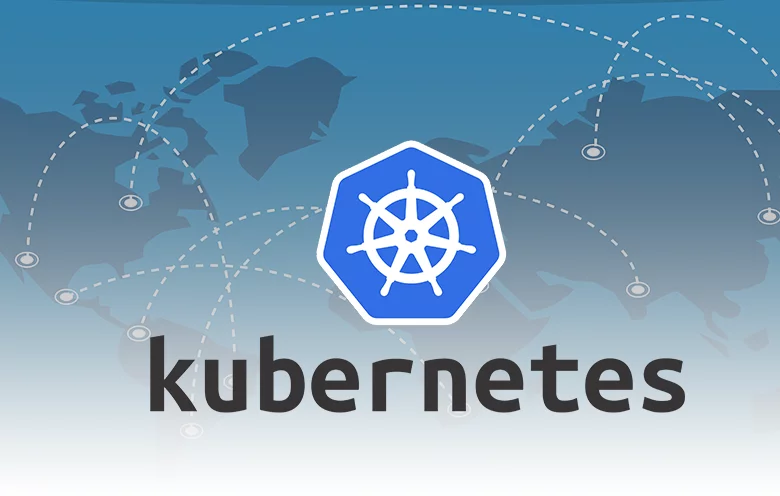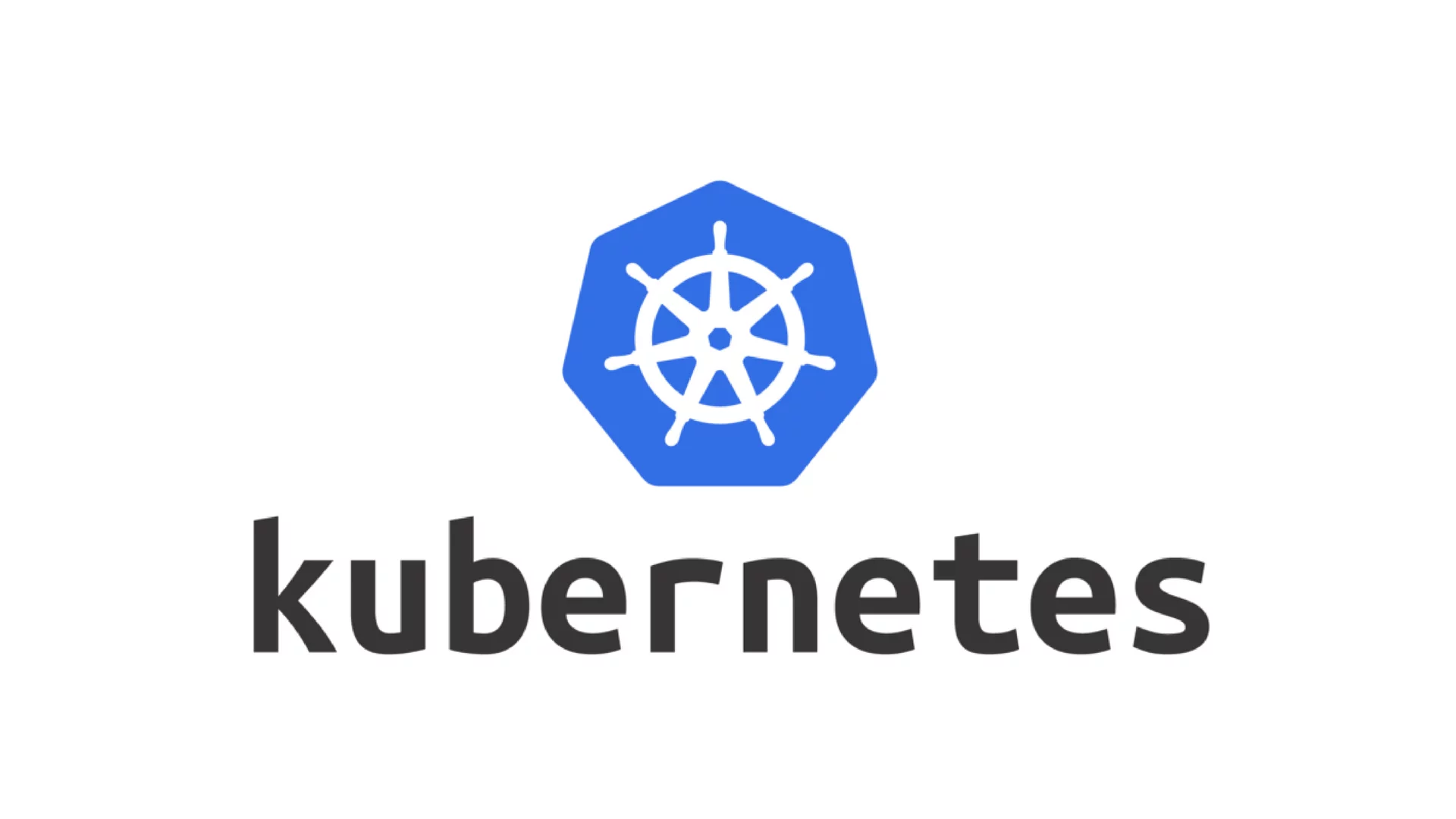Kubernetes has revolutionized how developers approach application deployment and management in the modern cloud-native. Often abbreviated as K8s, this open-source container orchestration platform has become the backbone of countless enterprise applications and startup projects alike. But what exactly makes Kubernetes so compelling for developers, and why has it achieved such widespread adoption across the tech industry?
At its core, Kubernetes is an automated system for deploying, scaling, and managing containerized applications. Think of it as a sophisticated conductor orchestrating a complex symphony of containers, ensuring each component plays its part perfectly while maintaining harmony across the entire application ecosystem. The platform abstracts away the complexities of infrastructure management, allowing developers to focus on what they do best: writing code and building innovative solutions.
The journey from traditional monolithic applications to containerized microservices has created new challenges that Kubernetes elegantly addresses. Modern applications often consist of dozens or even hundreds of containers running across multiple servers, creating a management nightmare without proper orchestration. Kubernetes transforms this chaos into organized, scalable, and reliable systems that can handle everything from small development projects to enterprise-scale applications processing millions of transactions daily.
What sets Kubernetes apart is its ability to automate the mundane yet critical tasks that developers previously handled manually. From load balancing and service discovery to automated rollouts and rollbacks, Kubernetes handles the operational complexity while maintaining application stability and availability. This automation doesn’t just save time—it fundamentally changes how development teams approach application lifecycle management, enabling faster iteration cycles and more reliable deployments.
Why Developers Choose Kubernetes
Simplified Application Deployment and Updates
One of Kubernetes’ most compelling features is its ability to streamline application deployment and updates without downtime. Developers can deploy new versions of their applications using rolling updates, where Kubernetes gradually replaces old containers with new ones while monitoring application health. If something goes wrong during deployment, the platform automatically rolls back to the previous stable version, providing a safety net that gives developers confidence to deploy more frequently.

The deployment process itself becomes remarkably simple once Kubernetes is configured. Developers write YAML configuration files that describe their desired application state, and Kubernetes handles the rest. This declarative approach means developers specify what they want rather than how to achieve it, reducing complexity and potential for human error.
Automatic Scaling and Resource Management
Kubernetes excels at horizontal scaling, automatically adjusting the number of running containers based on demand. The Horizontal Pod Autoscaler monitors CPU usage and other metrics, scaling applications up during peak traffic and down during quiet periods. This automatic scaling capability means developers no longer need to manually provision resources or worry about application performance during traffic spikes.
The platform also optimizes resource utilization through intelligent container placement, automatically distributing workloads across available nodes while considering resource requirements and constraints. This bin-packing approach maximizes infrastructure efficiency and reduces operational costs.
Multi-Cloud Flexibility and Portability
Modern development teams often work across multiple cloud providers or hybrid environments. Kubernetes provides consistent deployment experiences across AWS, Azure, Google Cloud, and on-premises infrastructure. This portability means applications can move between environments without modification, supporting multi-cloud strategies and preventing vendor lock-in.
The platform’s cloud-agnostic nature also simplifies development workflows. Teams can develop locally, test in staging environments, and deploy to production using the same Kubernetes configurations, ensuring consistency across the entire application lifecycle.
Enhanced Collaboration and DevOps Integration
Kubernetes supports modern DevOps practices through features like GitOps integration, where configuration changes are managed through version control systems. Role-based access controls enable secure collaboration while maintaining proper separation of concerns between development, testing, and operations teams.
The platform’s extensive ecosystem of tools and extensions provides solutions for monitoring, security, and management, creating a comprehensive development and operations environment. This ecosystem approach means teams can choose best-of-breed tools while maintaining integration and consistency.




